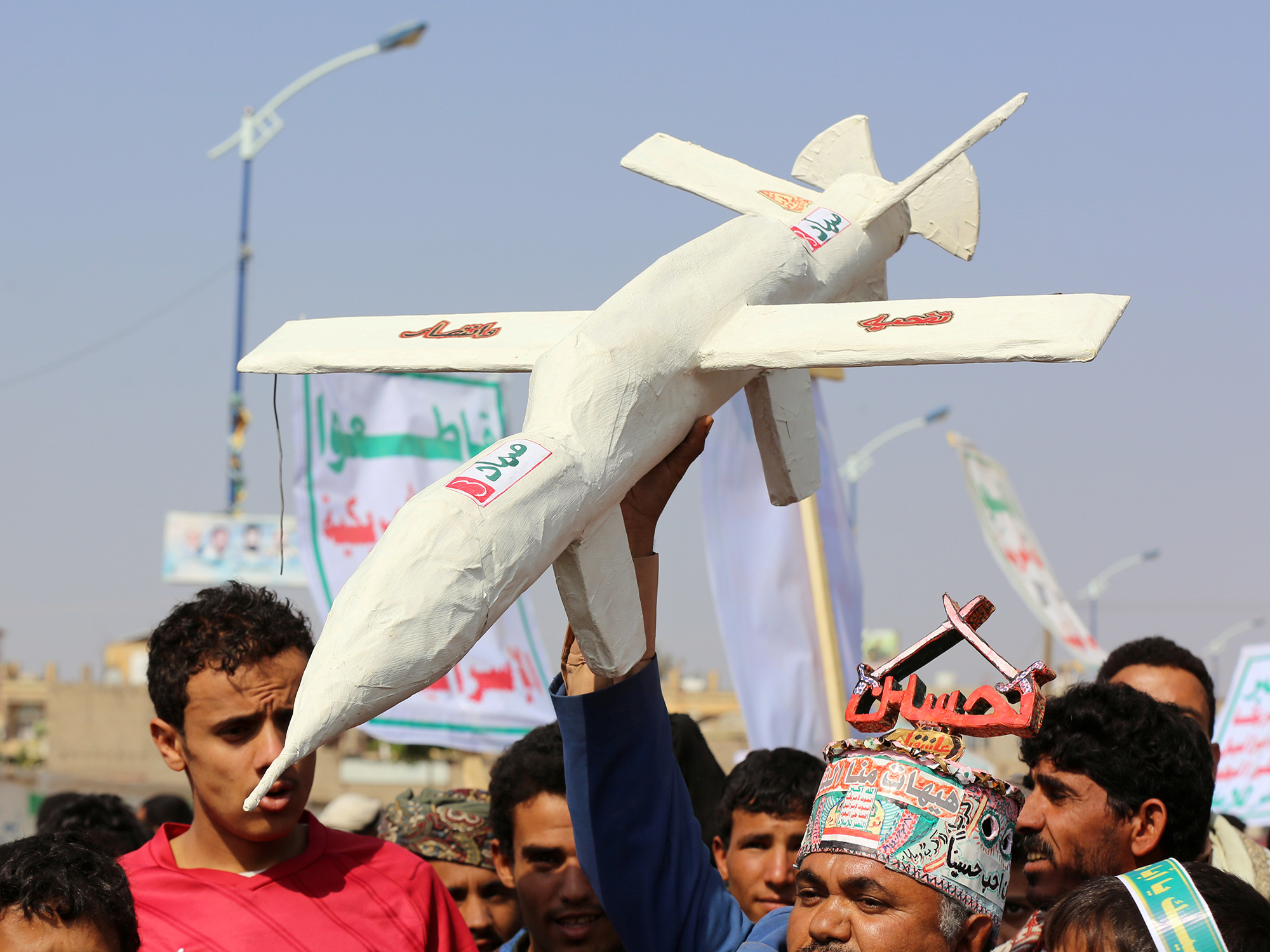
We hear about it when there is a big success, as with the raid that led to the death of ISIS leader Abu Ibrahim al-Hashimi al-Quraishi in Idlib, Syria last week. It is colloquially referred to as the “war on terror,” which is how I will refer to it today. The enemy is an amalgamation of groups that includes al-Qaeda, certain affiliates known as “associated forces,” and ISIS. That conflict continues on, for the most part conducted under the 2001 AUMF. forces from Afghanistan, it did not mark the end of the conflict in which they fought. While last year marked the withdrawal of U.S. Hide FootnoteBut in fact the United States is still very much waging war. We’ve turned the page.” Remarks by President Biden Before the 76th Session of the United Nations General Assembly, September 21, 2021. In September 2021, President Biden told the United Nations that “I stand here today for the first time in 20 years, with the United States not at war.

This will require legislative reform – in particular amending and updating the 2001 Authorization for Use of Military Force (“2001 AUMF”) and 1973 War Powers Resolution (“1973 WPR”) – to increase checks and balances on the use of military force as an instrument of foreign policy. My principal recommendation will be to reinvigorate Congress’s constitutional role with respect to decision- making on matters of on war and peace.
Drone strike how to#
It will explore why it is problematic that the executive branch has been permitted such broad discretion about how to define the scope of this conflict and the legal and structural factors that contributed to the status quo. counterterrorism operations should prompt an examination of how the United States came to be involved in a temporally and geographically unbounded twenty-year conflict with an undisclosed and evolving list of terrorist groups. My testimony today will argue that recent revelations about civilian casualties in U.S. policy with respect to civilian casualties, and as the Assistant Legal Adviser for Political-Military Affairs at the Department of State, where my focus was on international and domestic law regulating the use of force and the law of armed conflict. government in a variety of roles including as the Senior Director for Multilateral Affairs and Human Rights at the National Security Council, where I helped to develop U.S.

From 2002 until 2017, I worked for the U.S. I am currently the Chief of Policy for the International Crisis Group, an international non- governmental organization dedicated to conflict prevention we currently cover more than 50 conflict situations around the world. It is a privilege to be speaking before this distinguished committee. Chairman, Ranking Member Grassley and members of the Committee, thank you for inviting me to testify today about the United States’ use of force in countering terrorism and more broadly as a tool of U.S.


 0 kommentar(er)
0 kommentar(er)
